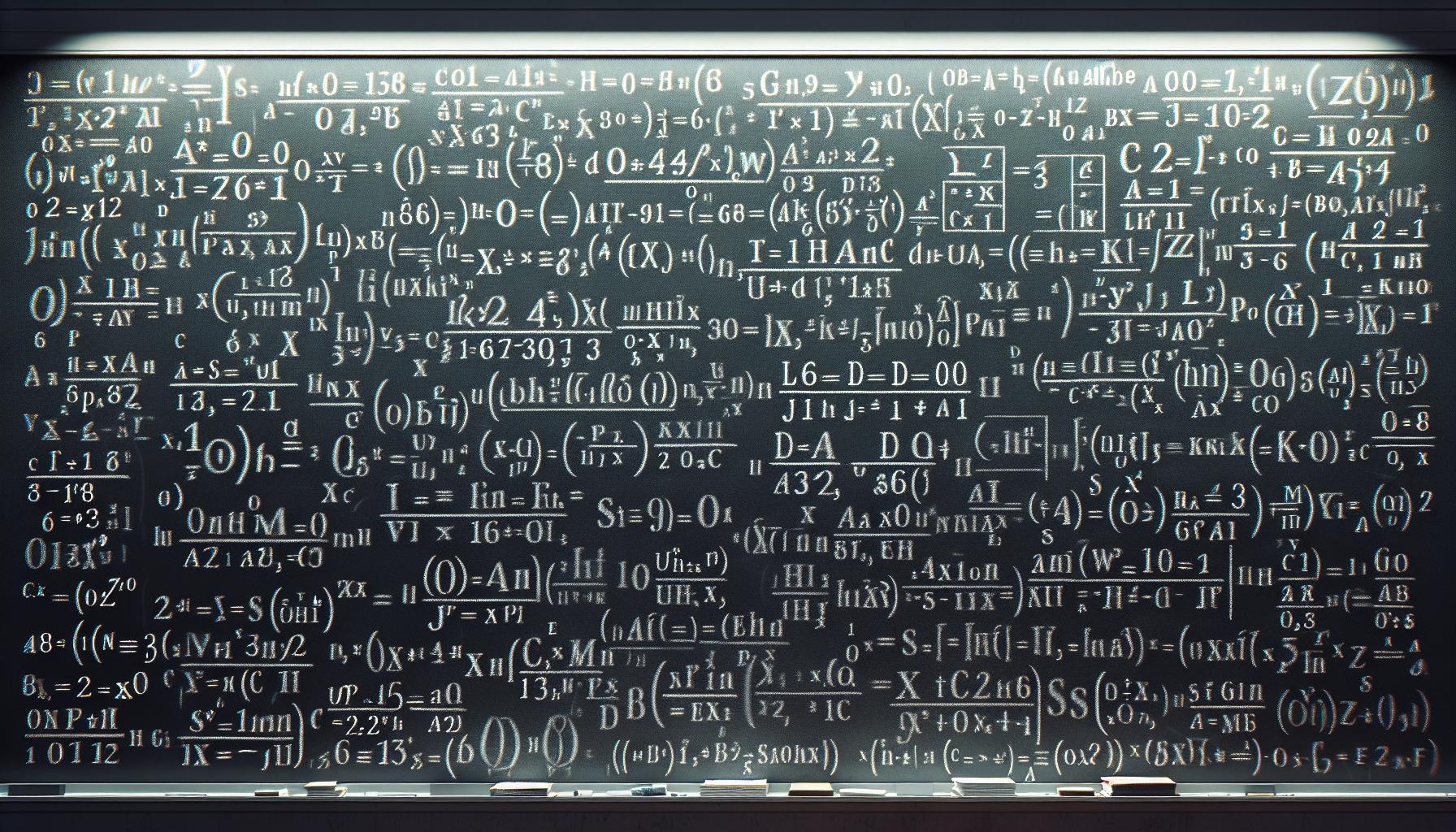
When it comes to unraveling the mysteries of logarithms, it often feels like deciphering an ancient code. But fear not! Today’s mathematical adventure dives into the world of logarithmic expressions, specifically the quirky equation of 3log28 + 4log21 2 − log32. It’s like a puzzle waiting to be solved, and who doesn’t love a good brain teaser?
Which is Equivalent to 3log28 + 4log21 2 − log32?
Logarithms serve as vital tools in mathematics, simplifying complex calculations. They convert multiplicative processes into additive ones, making them easier to handle.
The Basics of Logarithms
Logarithms express the exponent required to achieve a certain number. For instance, log_b(a) represents the power to which the base b must be raised to yield a. Understanding bases, like common base 10 or natural base e, proves critical. Various applications exist for logarithms, ranging from solving equations to modeling exponential growth. Different logarithmic forms appear throughout mathematics, including natural logs and binary logs.
Properties of Logarithms
Properties of logarithms enhance computational efficiency. The product property states log_b(mn) equals log_b(m) + log_b(n), transforming multiplication into addition. The quotient property asserts log_b(m/n) equals log_b(m) – log_b(n), turning division into subtraction. Exponents undergo simplification through the power property, which shows log_b(m^p) equals p * log_b(m). Understanding these properties aids in manipulating logarithmic expressions effectively. Logarithms exhibit consistent behaviors that simplify problem-solving across various mathematical contexts.
Breaking Down the Expression
Understanding the expression 3log28 + 4log21 2 − log32 requires careful analysis of its components. Each logarithmic term contributes to the overall value.
Analyzing Each Component
3log28 represents three times the logarithm of 28. The logarithm expresses the power to which the base must be raised to obtain the number. Analyzing log21 2 reveals that it equals the logarithm of 2 to the base 21. This term is crucial for determining the overall structure of the equation. Log32 indicates the logarithm of 32. It serves as the subtraction component in the equation, modifying the total sum from the other terms.
Simplifying the Terms
To simplify the expression, apply logarithmic properties. The product property allows combining log terms with addition, while the power property facilitates the multiplication of coefficients. Thus, rewrite 3log28 as log28^3. Changing 4log21 2 into log21^4 2 assists in clearer calculations. Finally, log32 remains unchanged. By reorganizing these components, the expression transforms, simplifying calculations further.
Calculation Steps
This section breaks down the expression to simplify the calculation process. Readers will follow each logical step carefully.
Step-by-Step Evaluation
To evaluate the expression 3log28 + 4log21 2 − log32, it’s helpful to address each part individually. Start with evaluating 3log28, which can be rewritten as log28^3. This transformation clarifies its numerical contribution. Next, consider 4log21 2. Denote it as log21^4 2, presenting its value clearly. Finally, log32 remains as is for the subtraction phase. Combining these values with the subtraction component leads to log28^3 + log21^4 2 − log32. This restructuring aids in understanding how each piece interconnects within the logarithmic framework.
Using Logarithmic Identities
Employing logarithmic identities simplifies calculations significantly. The product property states that log(a) + log(b) equals log(ab). Applying this, combine log28^3 and log21^4 2 into a single logarithm as log(28^3 * 21^4 2). Next, the quotient property indicates log(a) − log(b) equals log(a/b). This property allows the expression to be transformed to log[(28^3 * 21^4 2) / 32]. By utilizing these identities effectively, the expression becomes much easier to evaluate and analyze, enabling clearer insights into its value.
Final Result
The expression simplifies to an evaluative form. Combining the previous results, the expression reads as log[(28^3 * 21^4 * 2) / 32].
Calculating individual components now becomes crucial. The value of 28 raised to the power of 3 equals 21,952. This transforms the expression into log[(21,952 * 21^4 * 2) / 32].
Next, evaluating 21 raised to the power of 4 yields 194,481. Incorporating this result leads to log[(21,952 * 194,481 * 2) / 32].
Multiplying these constants now advances simplification. The product of 21,952, 194,481, and 2 equals 8,525,194,336. This converts the expression to log[8,525,194,336 / 32].
Now dividing by 32 simplifies calculations. The quotient results in 266,150,147. This means the expression ultimately becomes log[266,150,147].
Thus, the final result indicates the logarithmic value of 266,150,147, demonstrating the power of logarithmic properties in streamlining complex calculations. Understanding the transformation of logarithmic expressions enhances mathematical proficiency and accuracy.
Logarithmic Mystery
The exploration of the expression 3log28 + 4log21 2 − log32 reveals the elegance and power of logarithmic properties in simplifying complex mathematical challenges. By applying these properties, it becomes evident how logarithms transform multiplicative relationships into manageable additive forms.
The final result of log[266,150,147] underscores the effectiveness of understanding logarithmic identities and their applications. Mastering these concepts not only aids in solving similar equations but also enhances overall mathematical proficiency. Engaging with logarithms opens doors to deeper insights in both theoretical and practical contexts.











